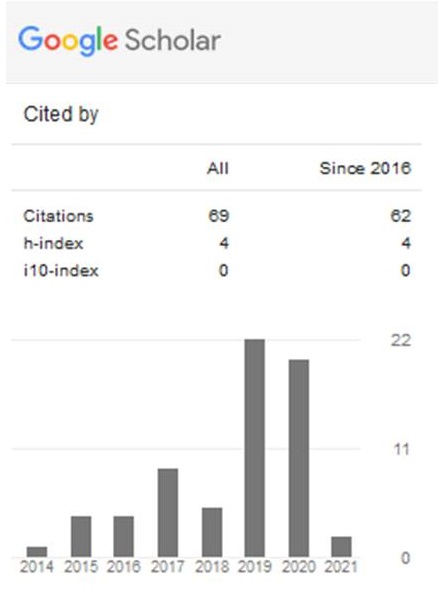Potensi Agens Hayati dalam Menekan Perkembangan Penyakit Hawar Daun Bakteri
Abstract
Bacterial leaf blight (BLB) caused by bacterium Xanthomonas oryzae pv. oryzae is an important diseases that cause yield losses of up to 70-80% in rice crops in Indonesia. A Control efforts which is widely made and proves able to suppress growth of X. oryzae in rice plants is to use biological control bacteria B. subtilis, P. fluorescens and Corynebacterium sp. This study aimed to determine the ability of B. subtilis, P. fluorescens and Corynebacterium sp. as an antagonist against X. oryzae, determine the effectiveness and influence on the production of rice plants. This study used a completely randomized design with 5 treatments and 5 replications. Treatment (A) = Control, (B) = Nordox 56 WP (Dose of 2.5 g / L), (C) = B. subtilis (Density of 108 cfu / ml), (D) = Corynebacterium sp. (Density of 108 cfu / ml), (E) = P. fluorescens (Density of 108 cfu / ml). Analysis of data using analysis of variance followed by Duncan Multiple Range Test (DMRT) 5%. The results showed that the greatest inhibition was indicated by B. subtilis about 5.85 mm, and reduced the incidence about 23,56% and the severity of the infection rate of 0,014 unit/day. Whereas in rice production parameters B. subtilis was also able to increase by 63.95 g. The results were better than the control treatment and nordox 56 WP.
Keywords
Full Text:
PDFRefbacks
- There are currently no refbacks.

_2017.jpg)



